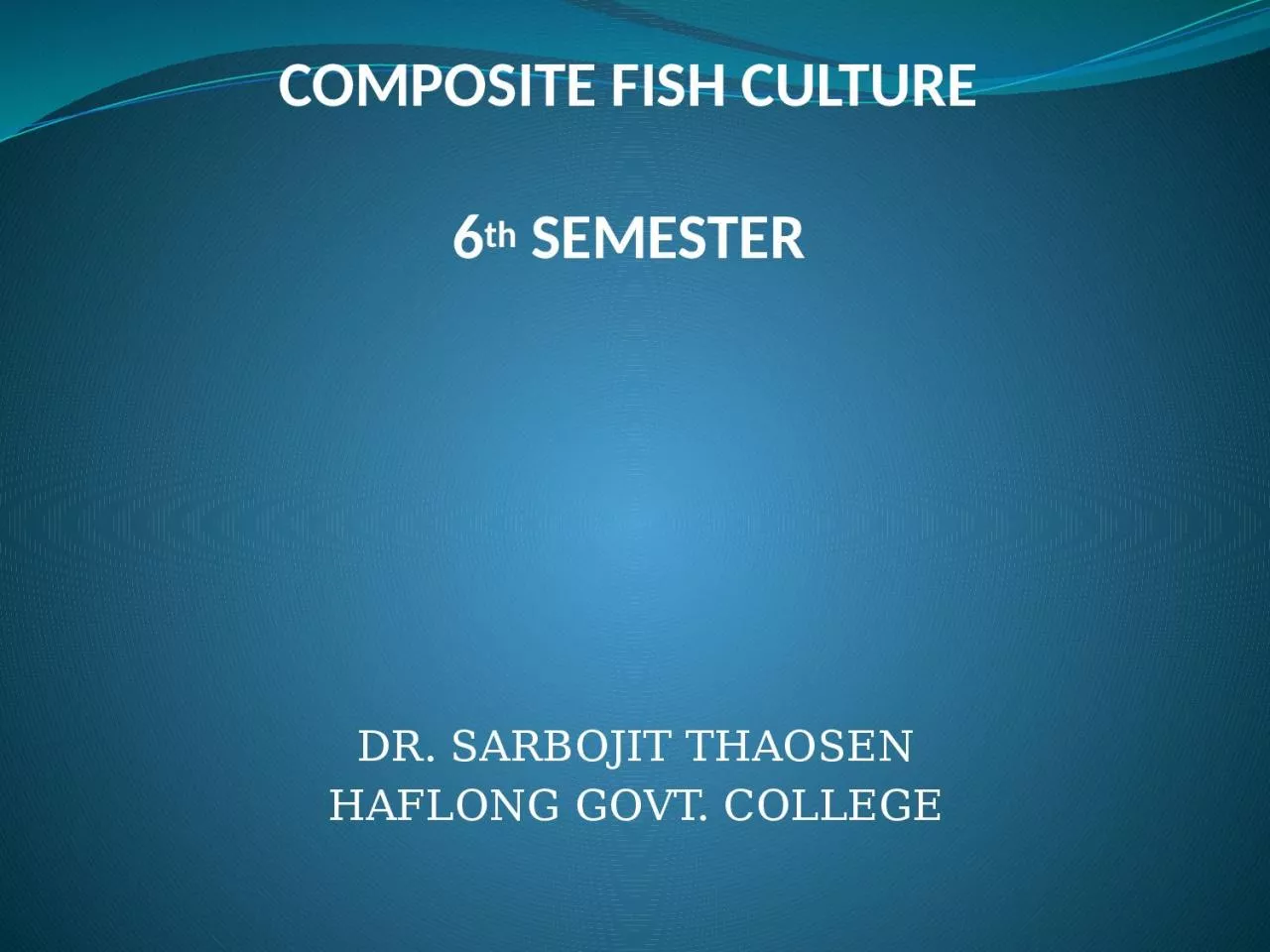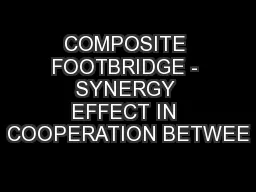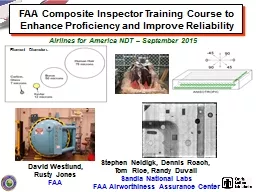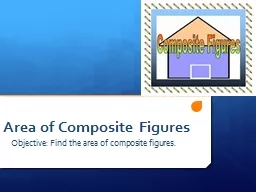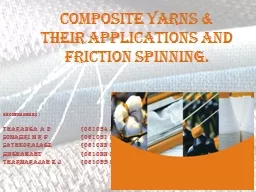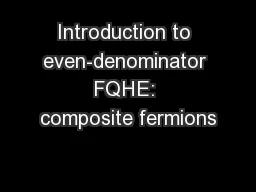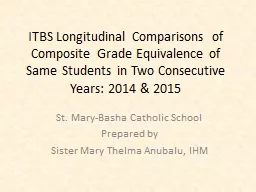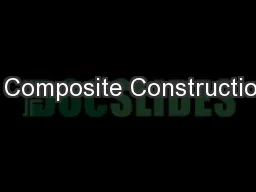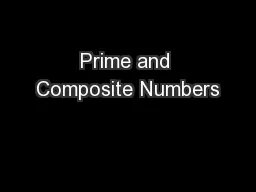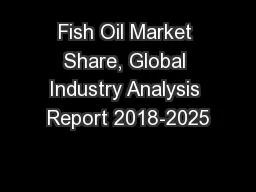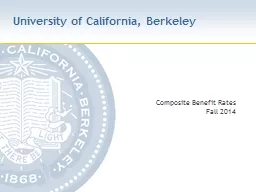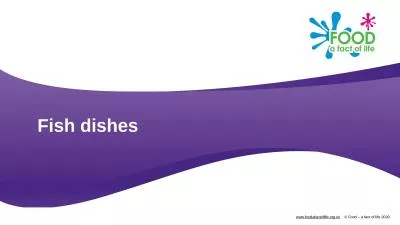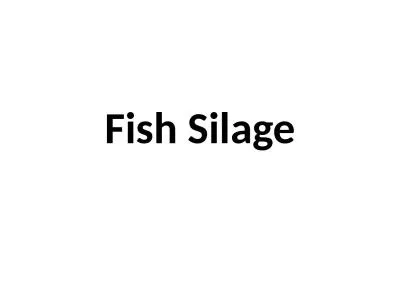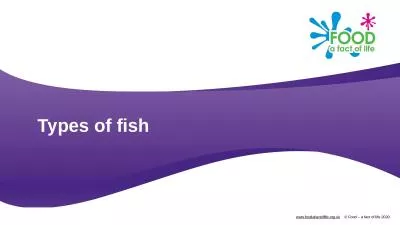PPT-COMPOSITE FISH CULTURE 6
Author : edolie | Published Date : 2024-03-13
th SEMESTER DR SARBOJIT THAOSEN HAFLONG GOVT COLLEGE Introduction Stocking of Cultivable fishes of different species which differ in feeding habits in the same
Presentation Embed Code
Download Presentation
Download Presentation The PPT/PDF document "COMPOSITE FISH CULTURE 6" is the property of its rightful owner. Permission is granted to download and print the materials on this website for personal, non-commercial use only, and to display it on your personal computer provided you do not modify the materials and that you retain all copyright notices contained in the materials. By downloading content from our website, you accept the terms of this agreement.
COMPOSITE FISH CULTURE 6: Transcript
Download Rules Of Document
"COMPOSITE FISH CULTURE 6"The content belongs to its owner. You may download and print it for personal use, without modification, and keep all copyright notices. By downloading, you agree to these terms.
Related Documents

